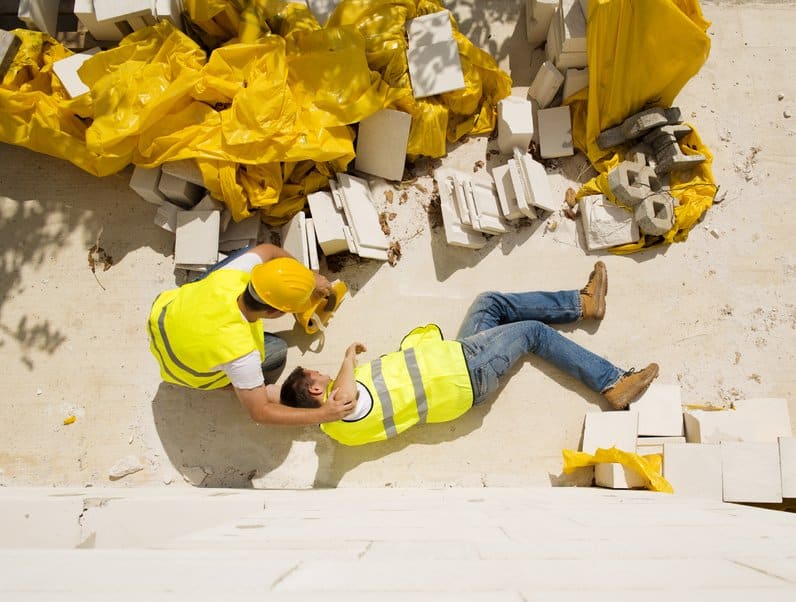Construction is among the most dangerous industries in the country. Bureau of Labor Statistics (BLS) data for 2017 showed 971 fatal on-the-job injuries, more than in any other single industry sector and nearly one out of every five work-related deaths in the U.S. that year. The Occupational Safety and Health Administration (OSHA) calls the leading causes of worker deaths on construction sites its Focus Four: falls, electrocution, struck by and caught in or between. These four leading hazards are responsible for 71 percent of deaths and injuries in construction.
On most construction sites, working at height presents the greatest chance of death or serious injury. Fall hazards are present at most worksites, and many workers are exposed to these hazards on a daily basis. A fall hazard is any worksite condition that could cause a worker to lose balance or bodily support and fall. Any walking or working surface can be a potential fall hazard.
Construction workers are at risk any time they are working at a height of 6 feet or more. OSHA requirements include fall protection for employees working at a height of 4 feet in general industry and 6 feet in construction. Regardless of the fall distance, fall protection is required when working over dangerous equipment and machinery.
Nearly half (48 percent) of all fatal falls in private industry involve construction workers.
Each year, on average, between 185 and 250 workers are killed and more than 100,000 are injured as a result of falls at construction sites. Because OSHA recognizes that falls frequently involve a variety of factors, the standard for fall protection addresses both human and equipment-related issues.
Three generally accepted methods of protecting construction workers exposed to vertical drops of 6 feet or more are guardrails, safety net systems and personal fall arrest systems. A personal fall arrest system consists of an anchorage, connectors and a full-body harness that work together to break the employee’s fall.
Employers also have certain responsibilities specific to fall protection that include:
- providing fall protection
- ensuring proper scaffold construction
- ensuring safe ladder use and condition
- conducting daily worksite equipment maintenance and personal protection equipment (PPE) inspections by an authorized competent person
- providing training
Without losing sight of other workplace hazards, employers must pay attention to the Focus Four to further reduce the trend in workplace fatalities.
To mitigate these fatality statistics, OSHA and other professional safety and health organizations, both in the private and public sectors, are targeting these contributing factors. OSHA has developed training presentations, handouts and toolbox topics available on OSHA’s website. Other occupational safety and health resources available to you include your safety department, your industry association, accredited safety and industrial hygiene professionals or your local independent insurance agent.
About Overmyer Hall Associates
Overmyer Hall Associates is one of the fastest growing agencies in the country, quickly becoming one of the largest property and casualty insurance agencies in Central Ohio. Overmyer Hall Associates provides clients with insurance and risk management, specializing in Business Insurance, Surety Bonding, and Home & Auto Insurance. Since its founding in 2011, the firm has been awarded Columbus Business First’s "Fast 50" and "Best Places to Work" awards, the IIABA’s “Best Practices Agency” recognition, Columbus CEO Magazine’s “Best Insurance Broker” and the Columbus Young Professionals Club’s “Wonderful Workplace for Young Professionals” award. www.oh-ins.com
